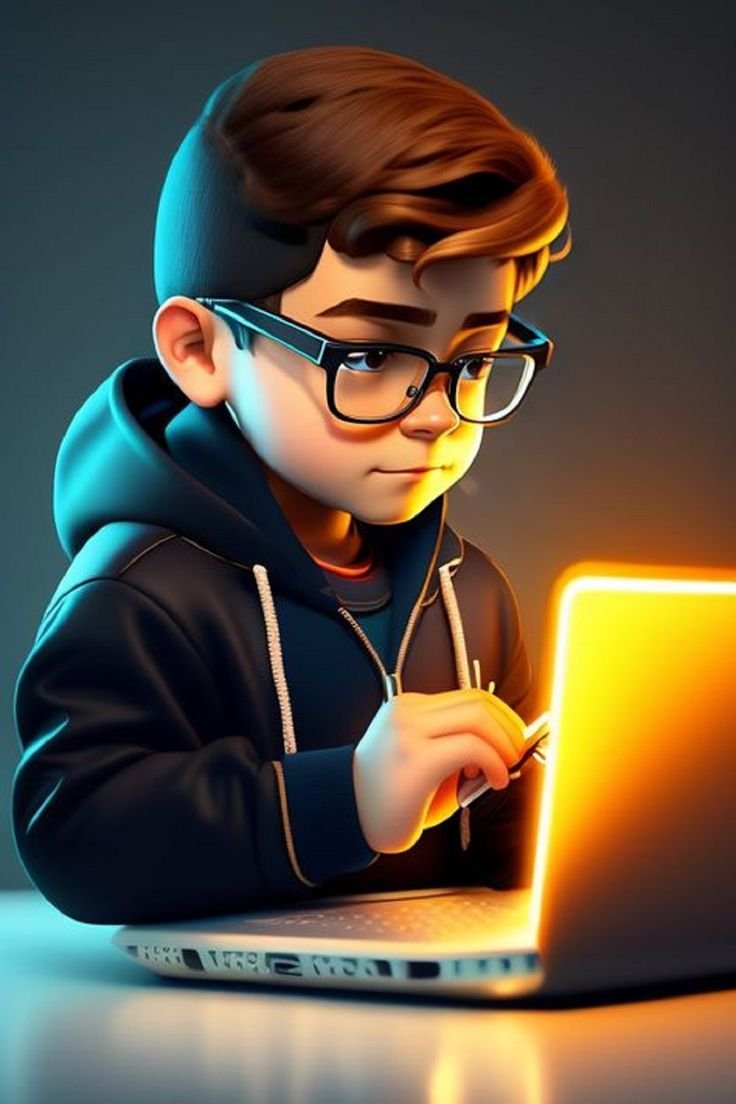
Edit Post
The future of 3D animation is set to be transformative, driven by advancements in AI, real-time rendering, and cloud computing. AI and machine learning will streamline complex tasks like rigging and motion capture, making animation processes faster and more efficient. Real-time rendering, powered by advanced GPUs and engines like Unreal Engine, will allow for instant feedback and seamless iteratio... View more
The future of 3D animation is set to be transformative, driven by advancements in AI, real-time rendering, and cloud computing. AI and machine learning will streamline complex tasks like rigging and motion capture, making animation processes faster and more efficient. Real-time rendering, powered by advanced GPUs and engines like Unreal Engine, will allow for instant feedback and seamless iteration, enhancing interactive media experiences. Integration with VR and AR will expand, creating more immersive and interactive environments. VR will benefit from high-quality 3D animations to enhance realism, while AR will require seamless integration of 3D models into the real world, driving demand in education, retail, and entertainment. Enhanced realism through hyper-realistic animation will push the boundaries in film and gaming, while stylized animation will offer unique visual aesthetics supported by advancements in shaders and rendering techniques. View less
- 0 0
- 0 0
-

-
Ajith L Rajan
published solution: 1 year beforeBy 2052, 3D animation will be more immersive, realistic, and widely used across various fields. Advances in technology will enable the creation of highly detailed and lifelike animations, with characters and environments that are almost indistinguishable from reality. Virtual reality (VR) and augmented reality (AR) will integrate seamlessly with 3D animation, allowing audiences to interact with animated worlds and characters in real-time. AI and machine learning will automate many aspects of the animation process, speeding up production and enabling more complex storytelling. 3D animation will be prevalent in not only entertainment but also education, healthcare, and virtual simulations, providing powerful tools for learning and training. The line between animation and real life will blur, creating new opportunities for creativity and innovation in visual storytelling.
0 1 0 0 1 0 -
Vishnu Divakar J.S
published solution: 1 year beforeThe future of 3D animation involves increasingly realistic simulations, immersive experiences through virtual reality, and the integration of AI for streamlined production processes and enhanced creativity.
0 1 0 0 1 0


